Groundhog Day
With the temperature at minus-16 and the nearby Dnipro River frozen over, Sunday, Jan. 22, was a great day for members of the library's Talk Lab English Club to talk about the winter weather.
Almost all of the 18 Talk Lab participants who braved the subzero weather wondered just how long such an extremely cold winter was going to last. On Sunday, the club members learned that in America, many people ask a similar question on Feb. 2 as they celebrate an annual festivity known as Groundhog Day.
While Groundhog Day is not a legal holiday for missing work or closing governments, schools and businesses, millions of Americans find ways to join in the fun – even if for it's just for a few minutes to turn on the morning television news reports about this special day.
There are groundhog prediction events in several of places across the United States. But the most popular celebration happens in Pennsylvania and is built around an extraordinary groundhog named Punxsutawney Phil and lives in Punxsutawney, Pa., about 84 miles, or 135 km, northeast of Pittsburgh.
Phil is acclaimed as having the ability to predict whether the winter will be long or short. So, with a crowd of 30,000 to 40,000 people surrounding him, Phil emerges from winter hibernation at 7:20 a.m. to make his determination. His formula: If Feb. 2 is sunny, then this groundhog will see his own shadow, become frightened and predict six more weeks of wintry weather; if the day is cloudy, then Phil does not see his shadow, not be frightened and therefore foretell an early spring.
Phil’s answer is then announced by a human friend and becomes one of the top news stories of the day. Phil is so famous that he met President Ronald Reagan in 1986; appeared in a Hollywood movie, “Groundhog Day,” with actor Bill Murray in 1993, and was a guest on the Oprah Winfrey TV show in 1995.
So just who is this Punxsutawney Phil and how did he get this winter-forecasting job? In America, the story goes back to 1886, but folklore about certain animals having the power to predict the winter weather reaches back to ancient times. According to the website www.groundhog.org, mid-winter predictions relate to candle-blessing ceremonies of early Christians in Europe, particularly in England and Scotland. The conquering Romans then may have carried this tradition to the Teutons, a Germanic people, who combined the sun-and-shadow connection with the hedgehog animal.
In the 18th and 19th centuries, German immigrants brought their custom to America, particularly Pennsylvania. But having no European hedgehogs, the German-Americans turned to the groundhog for making the mid-winter prediction.
By the way, hedgehog and groundhog have some resemblances but are not the same type of animal. For example, the hedgehog has bristly, spiny hairs but the groundhog has a coat of thick, coarse hairs. (See photos.) Also, the European hedgehog, at 7.8 to 11.8 inches (20 to 30 cm), is smaller than the American groundhog, which measures 20 inches (50.8 cm) and weighs 12 to 15 pounds (5.4 to 6.8 kg).
The groundhog known as Punxsutawney Phil, however, is larger than average. He is 22 inches long (55.9 cm) and weighs 20 pounds (9 kg). And while the normal groundhog lives 6 to 8 years, organizers of the Punxsutawney Groundhog Day festivity claim that their star attraction is the same groundhog from the first celebration in 1886, making Phil 126 years old! The organizers say that Phil drinks a magical elixir every summer that gives him added life.
As for Phil’s predictions… his human friends in Punxsutawney say that Phil is correct 75 to 90 percent of the time, but the U.S. National Climatic Data Center gives him an accuracy rate of only 39 percent.
Incidentally, groundhogs are not the only animal celebrated in the United States. There are many interesting and even odd animal festivities across the land. Here are a few: a frog-jumping contest in Calaveras County, California; wooly worms in Banner Elk, North Carolina; fire ants in Marshall, Texas; bats in Carlsbad, New Mexico; rattlesnakes in Waurika, Oklahoma; lizard races in Lovington, New Mexico, and the legendary Bigfoot creature in Happy Camp, California.
Many American communities also have Halloween costume events for dogs. One such event in New York City included a dog dressed as a marshrutka! (See photo.)
While Talk Lab members in Kherson marveled at such animal activities, they also recognized that America is a nation of immigrants, which means that people from all around the world bring their ideas, cultures and customs to the United States, just as the Germans did with seeking winter predictions from the groundhog. So, on Jan. 22, the Talk Lab participants discussed what traditions they would take from Ukraine to another country. Here are some of their thoughts:
~ The May 9th Victory Day observance
~ Special family recipes for borscht
~ Favorite recipes for varenyky
~ Ukrainian humor
~ Beautifully colored and patterned Easter eggs
~ Warm Ukrainian hospitality to share with people in their new communities
More photos.







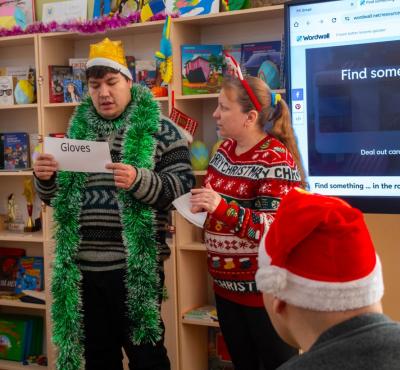

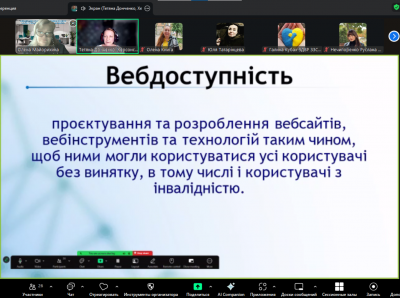

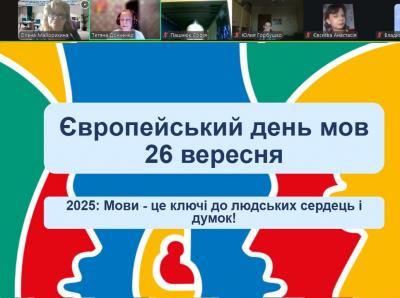
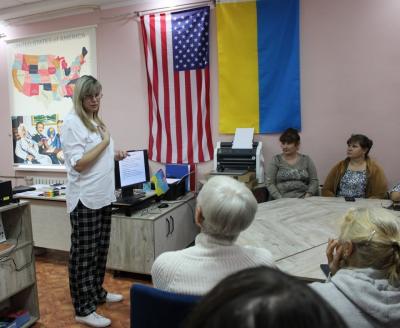
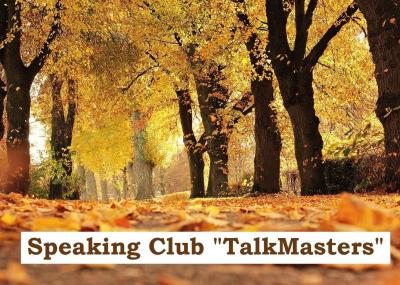
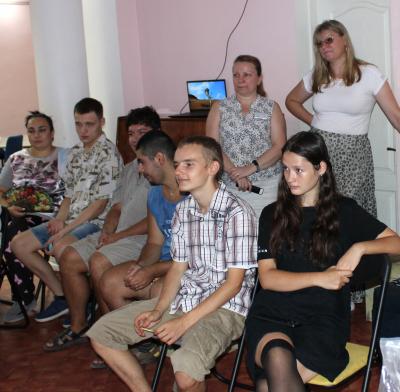



Comments